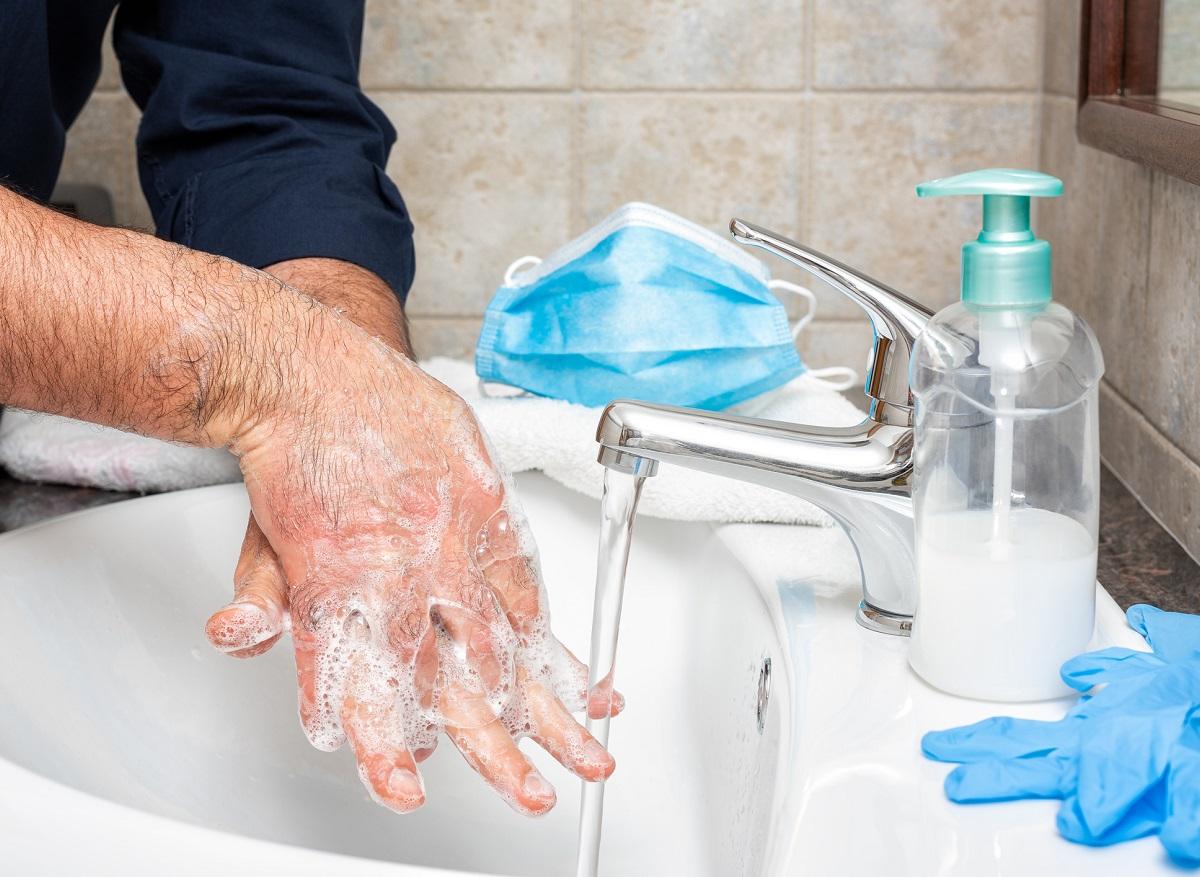Some strains of the Staphylococcus epidermidis bacteria have become resistant to antibiotics commonly used in hospitals, which could cause new, incurable infections. Scientists are alarmed.

Naturally present on the skin and mucous membranes of humans and animals, the bacterium Staphylococcus epidermidis is a white staphylococcus responsible for skin, nasal (sinusitis) or urinary diseases or infections, and which more easily affects people whose immune system is compromised.
Particularly present in hospitals, it attaches to equipment and threatens patients equipped for example with catheters or prostheses. The colonies of S. epidermidis are, in general, small, white or beige, and have a diameter of about 1 to 2 mm after an overnight incubation.

Staphylococcus epidermidis, “a formidable nosocomial pathogen”
S. epidermidis was already resistant to a wide variety of antibiotics, such as penicillin and methicillin. But his strength has increased tenfold, that dAustralian researchers are now warning about the dangers of this microorganism in the journal Nature Microbiology. “Staphylococcus epidermidis has become a formidable nosocomial pathogen”, they explain. “Using genomics, we have revealed that three multidrug resistant and hospital-adapted Staphylococcus epidermidis lines have emerged over the past decades and have spread globally.”
What is the risk to our health?
According to scientists, some strains of Staphylococcus epidermidis have slightly modified their DNA, in order to better resist antibiotics commonly used in hospitals (rifampicin, glycopeptides, vancomycin, teicoplanin). They found three variants of this multidrug-resistant bacteria in samples from 96 facilities in 24 countries, including strains from Europe.
“We started with samples in Australia”, then we got, with other samples, a “big picture and found that the bacteria is present in many countries and many institutions around the world”, explains Ben Howden , Director of the Microbiological Diagnostic Unit of the Public Health Laboratory at the Doherty Institute at the University of Melbourne. As a result, Staphylococcus epidermidis could cause potentially incurable infections or illnesses.
Nosocomial infections in France
Nosocomial infections are still a public health issue today. About 750,000 patients contract one during a stay in the operating room (they were 16% in 2017). However, according to an IPSOS survey carried out for Johnson & Johnson Medical Devices, in partnership with the French Society of Hospital Hygiene (SC2H), two out of three French people consider themselves to be poorly informed.
According to the results, more than 9 out of 10 French people know the name of post-operative infections. However, only one in 3 French people questioned had a fair estimate of the frequency of surgical site infections (SSI), established between 0 and 5%, while they tend to be overestimated. This result indicates that only 28% of the people questioned consider themselves well informed about these post-operative infections.
Can we turn against the hospital in the event of a nosocomial infection?
In order to hope for compensation, a strict procedure must be followed. “The first thing to do is to ask for a copy of his complete medical file”, explains Me Julé-Parade. “This includes the reports of hospitalization, operations, examinations, as well as all the follow-up sheets. It is very important because it is in relation to biological samples, or even in relation to the curve of temperature that we will be able to set a date of contamination. “
The second step consists of approaching an association or a lawyer who can help the patient to orient himself in his procedures. “We must then try to obtain redress: this will require an expertise. An expert will have to decide on the date and origin of the nosocomial infection, as well as on its consequences. From all these elements, will whether or not they impose an indemnity obligation on the care center. “
Note that in the event of serious damage resulting from nosocomial infection and resulting in Permanent Impairment of Physical and Psychic Integrity (AIPP) greater than 25%, it is the National Office for Compensation for Medical Accidents (ONIAM ) which compensates the victim under national solidarity. “This therefore means that the establishments are liable for cases of infections contracted during stays within them for cases of medium importance”.
How to obtain redress?
In France, explains Me Julé-Parade, the principle of full compensation prevails: this means that the person responsible for the damage must compensate all the damage and only the damage, without resulting in either impoverishment or enrichment of the victim. However, insists the specialist, “people do not always think of keeping all the supporting documents for the various health costs that they have incurred following the infection: care outside the hospital which has not been fully taken into account. load, but also travel expenses, work stoppages … Hence the importance of keeping all these supporting documents. “
In the event that the healthcare establishment does not dispute its liability, it is also necessary to be “particularly vigilant on the terms of the expertise with regard to the conclusions, as well as the amount proposed by the insurer, the hospital or the ONIAM is in conformity with what the case law allocates “, advises the lawyer.
.

















